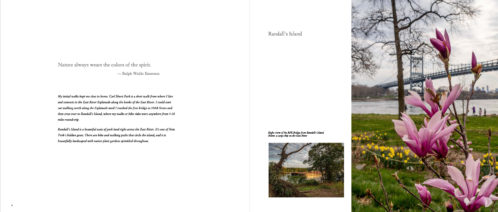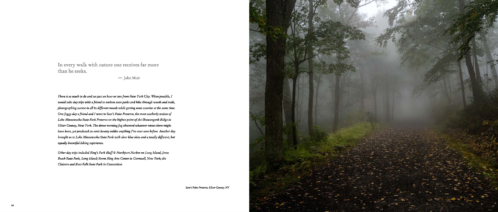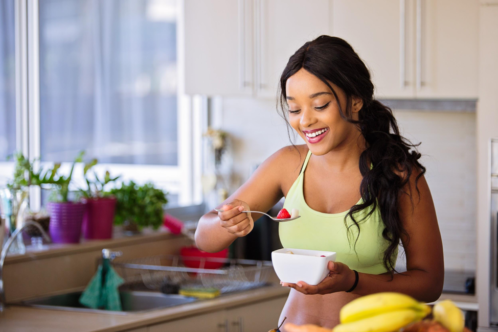

Imposter syndrome casts a shadow over the brightest of minds, often making individuals question their worth and diminishing their confidence. This internal conflict not only challenges one’s self-belief but can also obstruct their path to greatness. Through a focused approach, it’s possible to navigate beyond the chains of self-doubt and into a realm of empowered self-assurance. This article, courtesy of Life is Balance, aims to shine a light on effective strategies to dispel the clouds of doubt, enabling individuals to embrace their achievements and reach new heights of potential.
Harness the Power of Positive Surroundings
Imposter syndrome thrives in isolation. A sense of being alone with these thoughts can magnify their influence. The antidote is simple yet profound – nurture relationships with uplifting individuals. Such interactions can provide a valuable external perspective, reminding individuals of their worth and achievements. When in the company of supportive people, the noise of self-doubt often recedes, allowing one to see their capabilities more clearly.
Start Your Own Business
Maybe now is the time to face your fears and start your own business! If so, one of the first tasks will be choosing a business structure. While you have a number of options – sole proprietorship, corporation, etc – many entrepreneurs opt for a limited liability company because of the legal protections and tax incentives. If you aren’t sure where to begin, you can start an LLC in New York through ZenBusiness with a little help from a formation service.
Construct a Dynamic Resume
Opportunities knock more often for those who are prepared. An impactful resume not only captures attention but also reinforces self-belief. With the array of online tools available today, one doesn’t need to start from scratch. A person can select from numerous professionally designed templates then start adding personal touches, such as descriptions of accomplishments, images, or colors that resonate with one’s professional identity.
Accept the Beauty of Imperfection
Flawlessness is an illusion. Every individual, regardless of their status or achievements, has faced setbacks or made mistakes. Instead of viewing these moments as evidence of inadequacy, MasterClass notes that they should be seen as stepping stones. Each stumble offers insights and lessons that are integral to personal and professional growth. By reframing imperfections as growth points, one can move forward with renewed confidence.
Recognize and Applaud Personal Triumphs
It’s easy to gloss over achievements, especially when they seem minor. However, every victory, no matter its scale, provides a counterpoint to feelings of imposter syndrome. Taking the time to acknowledge and celebrate these moments reinforces self-worth. It’s akin to building a wall, brick by brick, that shields against waves of self-doubt. Every time a victory is celebrated, another brick is added, making the wall more formidable.
Cultivate a Heart of Self-Compassion
Generosity towards others is commendable, but it’s equally important to direct that kindness inwards. Moments of self-doubt plague everyone at some point. The key is not to let these moments define one’s self-worth. Instead, approach them with understanding and compassion. Treating oneself with the same kindness and patience extended to others can shift perspectives and weaken the grip of imposter syndrome.
Question and Reframe Destructive Thoughts
Imposter syndrome gains ground when its narratives go unchallenged. By becoming vigilant and questioning the validity of self-deprecating thoughts, one can prevent these thoughts from taking root. Focus on past achievements, acquired skills, and positive feedback. Use these as anchors to challenge and reframe negative narratives. Over time, this practice can diminish the frequency and intensity of self-doubting thoughts.
Adopt a Mindset of Endless Growth
The world is in constant flux, presenting challenges and opportunities at every turn. By adopting a growth mindset, one can view these challenges not as threats but as opportunities. Instead of feeding into imposter syndrome, Tracking Happiness points out that a growth mindset reinforces the idea that there’s always room to learn and evolve. Every challenge encountered is a new chance to grow, and every piece of new knowledge or skill acquired further pushes imposter feelings into the background.
The battle against imposter syndrome is not insurmountable. By understanding the nature of imposter syndrome, seeking positive influences, crafting compelling resumes, accepting imperfections, celebrating achievements, practicing self-compassion, challenging negative thoughts, and embracing continuous growth, individuals can unlock the doors to their vast potential. The journey towards self-belief and success is long but rewarding, and with these strategies, every step becomes a stride towards greatness.
Life is Balance offers lifestyle graphic t-shirts that celebrate the various sports and activities that balance our lives. Shop online today or contact us for more information!








